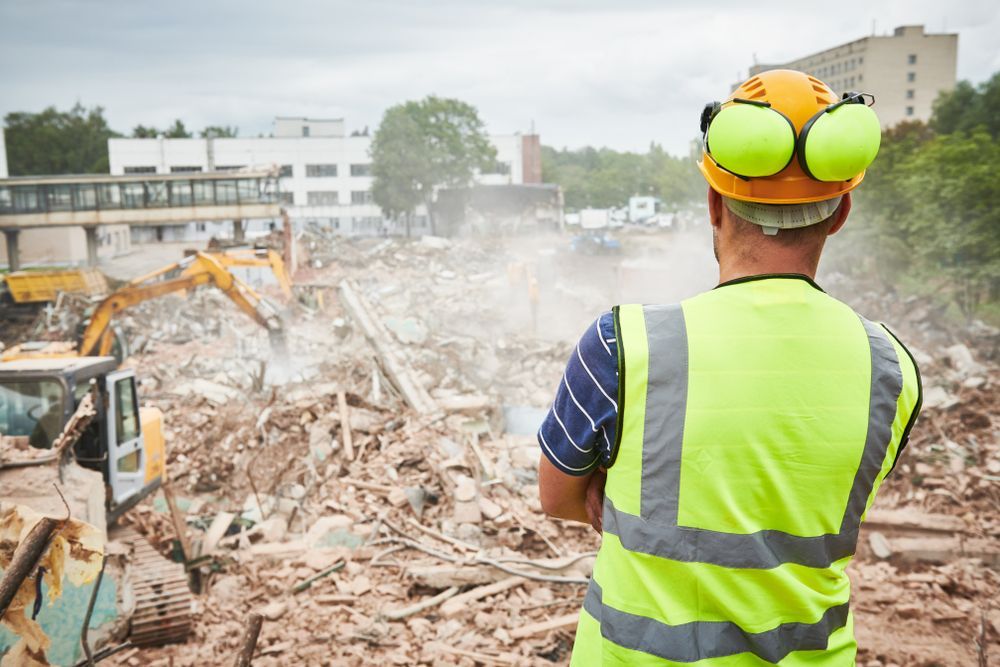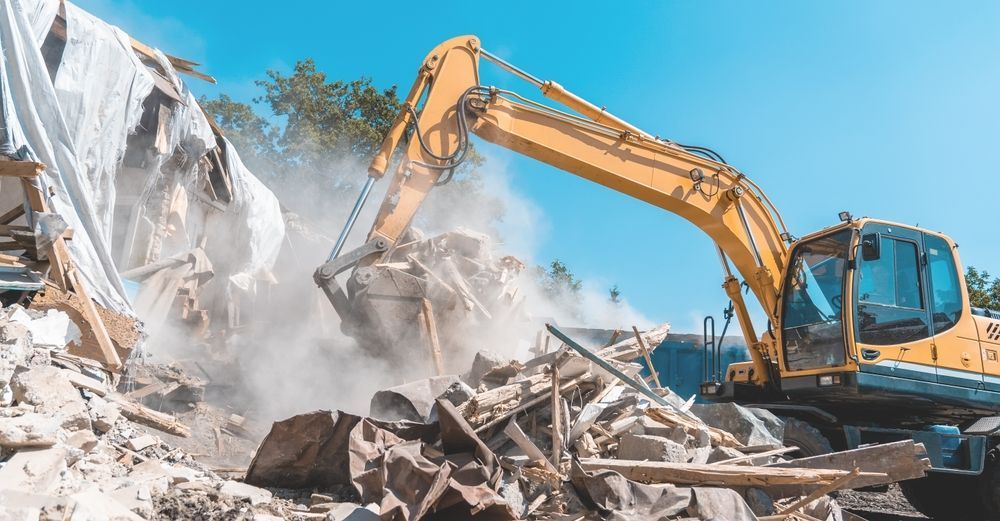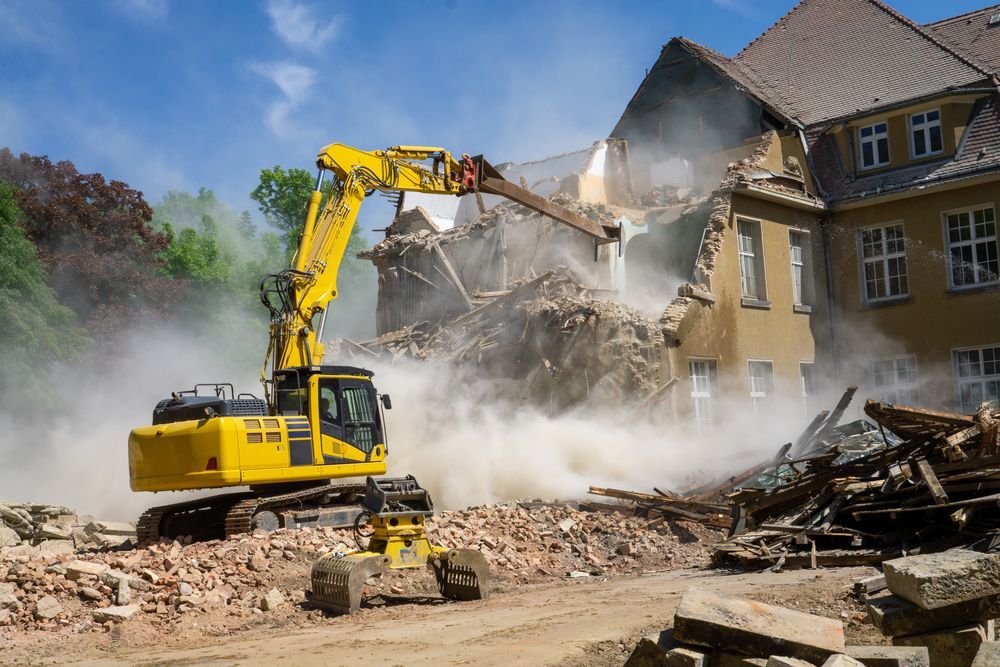Demolition Remediation
Share this article:
When you call in a demolition expert, odds are you are looking to update the location, the building, or even the room to a better, cleaner, healthier, more functional space. What many may not often consider is how we can have the same impact on the environment surrounding the demolition site. Many demolition companies work extensively on environmental remediation projects, removing pollution or contaminants from the soil and water, or even
dust control, to help leave the site in better shape than they found it in. Alpine Demolition is one of those companies. Because of this dedication, we want to explain a few of the ways in which demolition companies help with environmental remediation for not only improved structures, but also an improved world. Read on to learn more.
The Two Forms of Environmental Remediation Tactics in Demolition
There are two main categories of environmental remediation tactics – those that are concerned directly with the contamination, and those concerned simply with separating contamination and people. Both tactics have their uses, each more suited to provide solutions to different issues.
For example, if the contamination levels of the soil are dangerously high, it may be excavated and disposed of at a hazardous waste landfill. This would be an instance where a demolition contractor’s job is simply to separate the contaminated material from people.
Alternatively, some contaminated soil can be treated directly to help remove the contamination and restore healthy, natural soil to the site. There are many other instances where these two types of environmental remediation can be exploited for the best results. We will explore a few below.
Remediation of Contaminated Soils
Whether from improper disposal of waste, fertilization application, burst underground storage tanks, or leaching waste from landfills, there are several ways demolition contractors can assist with the remediation of contaminated soil.
- Abandon the contaminated soil and placing restrictions on the use of the site.
- Cover or capture the soil with specialized material and cover with a layer of clean soil.
- Excavate the contaminated soil and dispose of it at a hazardous waste landfill.
- Treat the contaminated soil either on-site or off-site, depending on the severity of the contamination.
The tactic chosen for your site will be dependent on soil type, the composition of the soil, the feasibility of the specific solution, and cost.
Remediation of Contaminated Water
There are three main tactics for remediating ground water: physical, biological, and chemical.
Biological methods utilize organic matter, microorganisms, and plants to clean contaminated water. Not requiring the water to be removed, these methods are extremely convenient. However, physical and chemical can work just as well. In fact, some instances of water contamination may only be treatable by chemical processes.
Handling Hazardous Waste Such as Asbestos Removal
Hazardous waste is classified by its threat to public health or the environment. Generally, hazardous waste is either ignitable, corrosive, highly reactive, or toxic. In most instances, hazardous waste can either be treated, recycled, or disposed of. However, in worst-case scenarios, it must be stored securely to prevent any potential damage.
Although the use of asbestos was banned in 1977, there are still many buildings in which it is present. Asbestos is an extremely hazardous material, with no safe level of exposure. When hiring someone to perform a demolition on an older structure, be sure you work with someone who knows how to safely dispose of asbestos and other hazardous wastes.
Remediation of Mold
Mold is another common problem many demolitions projects face. Professional demolition companies will follow a strict process, from containment to disinfecting and encapsulation to prevent any further growth.
Be sure your demo company uses AFDs (air filtration devices), biocide solutions, and paint or whitewash to keep the surrounding environment safe. Please note, that although bleach is a common solution, it is not approved by the EPA for use as a mold cleaner.
Environmental Remediation with Alpine Demolition
Alpine Demolition Services is committed to delivering the highest quality demolition services available in the Chicago area and beyond. Part of that commitment is performing demolition in the safest and most sustainable matter possible. Most of our projects
recycle up to 85% of the materials being demolished and we have experience in many of the remediation techniques outlined here.
If you need help with your environmental remediation demolition project,
contact our team today, and trust that it’s being handled the correct way.



